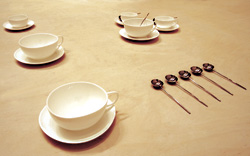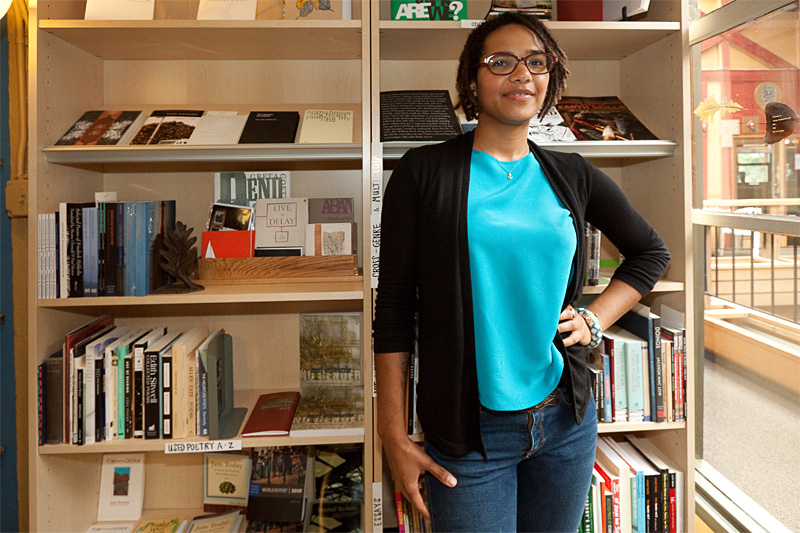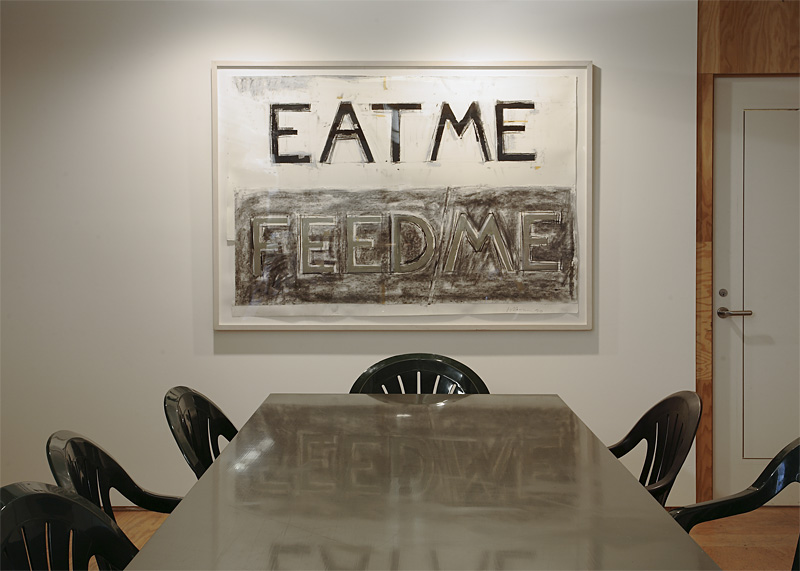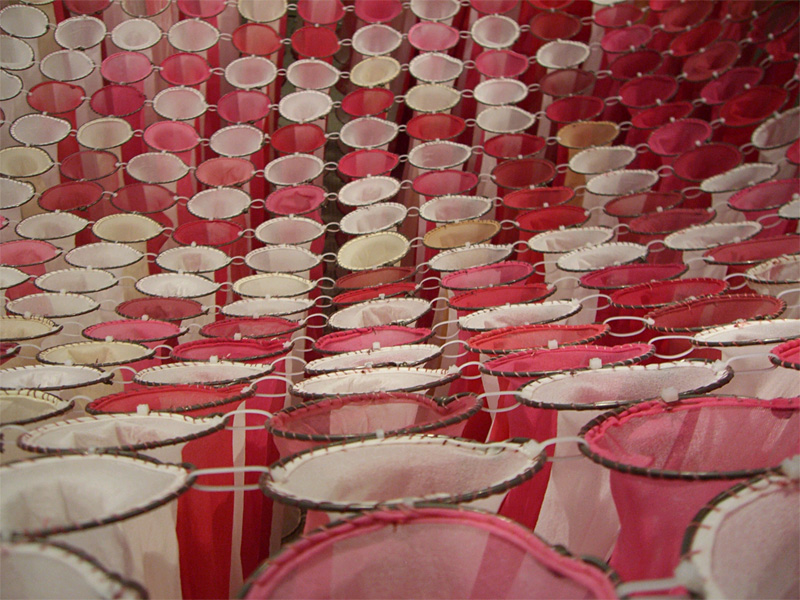Tokyo-based architect duo Kazuyo Sejima and Ryue Nishizawa, working under the moniker SANAA (Sejima and Nishizawa and Associates), are best known for creating dramatically beautiful buildings to house museums. In Kanazawa, Japan, sits their circular, glass-walled 21st Century Museum of Contemporary Art (completed in 2004), while New York City’s Lower East Side boasts the Museum of Contemporary Art (which opened on Dec. 1, 2007), looking like a tower of stacked boxes, slightly askew, clad in zinc. The Henry Art Gallery shows architectural models of various SANAA projects, including the Glass Pavilion at the Toledo Museum of Art, a fantastical-looking, acrylic-walled residence, and…a set of tea cups. Cast in delicate porcelain, evoking the organic shapes of fruit, the tea set appealed to me, perhaps because it’s the only life-size object on view. The white ceramic cups are near-circles, with fat bowls and spindly handles. The saucers repeat the not-quite-circular form, while the bowls of the stainless-steel spoons are shrunken versions of the cups, exaggeratedly round. The spoons’ handles mimicked those of the cups, only straightened—or nearly straightened—out, bearing the look of branches. Upstairs, on the way out of the gallery, I caught sight of a five-minute-long video, tracing the creation of the cup shape from a cube of Styrofoam to the final rounded form. The designer, Sejima, used apples as well as perfect spheres for her models, aiming for a hybrid of the two. The tea cups evolved from this shape, cut in half and made hollow. They’re available for home use through the high-end designer Alessi—and yes, you can find your own diminutive set at the Henry’s gift shop.
Architectural Tea
From the folks who brought you NYC's Museum of Contemporary Art.








